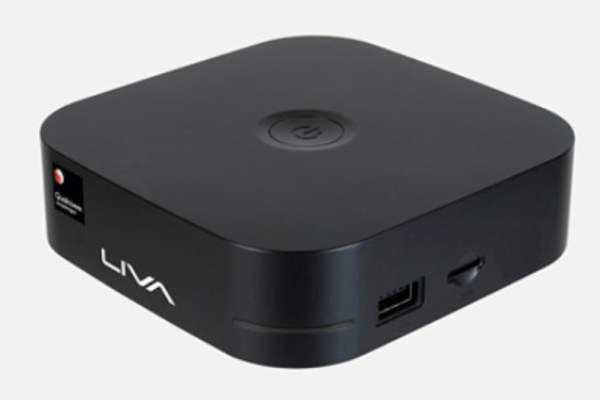The new QC710 Desktop is Qualcomm’s first attempt at a Windows on ARM using the Snapdragon processor. Snapdragon processors are the same processors used in Android smartphones like Samsung and OnePlus. While these processors are great in those phones, they leave something to be desired on Windows. I would like to say as well that on the Microsoft site, it says Snapdragon Developer Kit for Windows. This device says it cannot be returned and that it’s only for developers.
Hardware
The processor is a Snapdragon 2.4 GHz processor which is not bad but the 4 gigs of ram are not enough on any desktop computer let alone a mobile processor. There is an 8-gig model which I have heard is much better still slow but the extra ram helps from what I have read. The hard drive is very small with only 64 gigs of space so there is not much storage available since Windows takes up a large chunk after the updates. If you need more storage there is a MicroSD slot on the device you can use or maybe a USB hard drive. The device itself is a small footprint maybe the size of a Roku box at most.

Ports
The ports are a little scarce on this device you have one USB-C port that you need to power the device. One USB 3 port I used for the keyboard and one USB 2 which I used for the mouse. You then have HDMI for the monitor and a 10/100 ethernet port. You do have Wi-Fi and Bluetooth so if you are in need of ports go with a Bluetooth keyboard and mouse to free up the two USB ports. Let’s not forget about the MicroSD port I mentioned earlier.
Operating System
The QC710 comes with Windows 10 Home, 64-bit which kind of surprised me I thought for sure I would get Windows 11 or at least Windows 10 Pro on a developers’ device so there is no way to test out joining it to a Windows domain controller. You can upgrade it to Windows 11 on the arm or upgrade the device to Windows 10 Pro if you want, I tried this and it worked but it takes hours to do it as the device is very slow again a combo of the processer, 4 gigs of ram and eMMC storage.
Dislikes
I would have liked to see more than one USB-C port on the QC710 since I need to use the one to power the device. I know it’s a cheap piece of hardware but more ports would not have bumped the price that much.
Final
To be honest I could see myself finding a use for this device if I had a user who just needed to browse the web or need just a device for Remote Desktop Services (RDS). I could see this being a viable option as it’s cheaper than a laptop or a Thinnet client. I could even see myself using this as a backend for a display just running PowerPoint on a loop or Point of Sale system. I think in the right scenario this cheap piece of hardware would work out very well even in the IoT space hosting a small program or just running a single task. I think this is a great first step for Microsoft in the ARM space I look forward to more ARM devices in the future.

